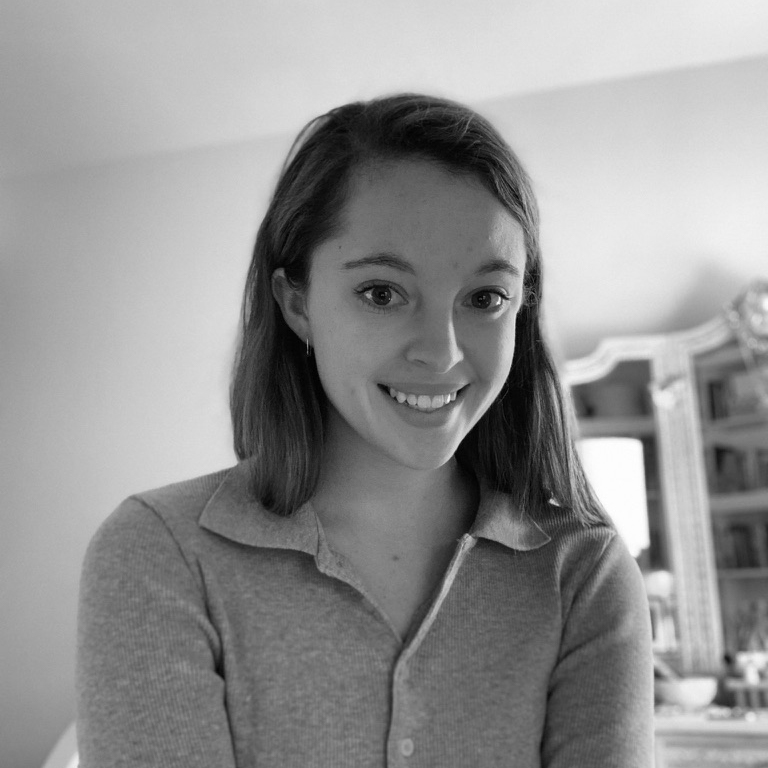The Copy Shop: How we face the facts and fix the falsehoods

(Nicole Nobre/Daily Bruin)

By Sara Hubbard
Jan. 22, 2020 7:25 p.m.
Welcome to the Copy Shop – the platform for members of Daily Bruin Copy to rant about the Oxford comma, discuss sensitivity in mass media and attempt to generally demystify the mind-boggling and all-too-misunderstood world of the copy editor.
Everybody makes mistakes. Even newspapers.
And when a newspaper makes a mistake in something that we publish, we inform our readers, issuing what we call a “correction.”
Aside from our responsibilities of looking after spelling, grammar and punctuation, the copy editor must also fact check, and this is actually the most time-consuming part of our shift. It’s our job to ensure that all of the facts and figures in the article are correct.
At the Daily Bruin, we have systems in place to make sure the fact-checking process goes as smoothly as possible. Before writers submit their articles to the Copy desk, they have to first go through a process we call CQ’ing.
CQ stands for the Latin phrase “cadit quaestio,” which means, “the question is dropped” or “the case is closed.” CQ’ing is essentially writers citing the information they are reporting and providing sources to verify facts so copy editors can double-check that it’s all correct.
CQs are expected to be provided for any verifiable fact. Names, dates, figures, locations – essentially anything that’s not an opinion or extremely common knowledge, like the spelling of “UCLA,” necessitates a CQ.
Usually, writers provide CQs in the form of links to a source, which we check, and if everything looks good, then the question is “dropped.” That is, to say, there is no longer any confusion or uncertainty as to whether the fact is correct or not.
CQs have been used extensively throughout journalistic history. When National Public Radio had about 100 corrections a month in 2018, Mark Memmott, NPR’s supervising senior editor for Standards & Practices, issued a memo calling for increased vigilance with CQs. Memmott didn’t just ask for more CQ’ing to occur, but for more people to check them and for writers to ensure the legitimacy of their sources. Because it’s not just the quantity, but the quality, of CQs that matters.
CQs are the key to factual accuracy and are treated with a high level of importance at the Daily Bruin. However, mistakes still slip through the cracks on occasion.
Factual inaccuracies end up published in an article for a number of reasons. A story may be poorly CQ’ed with incorrect sources. A copy editor may have made a mistake calculating a sports statistic. And even though at least three pairs of copy-editor eyes pass over every story, simple typos happen.
At The Bruin, we keep track of every correction we issue, and we are alerted to having published incorrect information through a few channels.
Sometimes, the subject of a story will reach out to our managing editor or a writer that something was wrong. As copy editors, we also go through and critique the newspaper every week and often catch inaccuracies during that process. Other staff members will also come across facts that need to be corrected.
When any of these things happen, our managing editor reviews the article and makes a decision as to whether it should be considered a correction or not.
As a journalistic enterprise, the Daily Bruin values transparency and accuracy. So whenever an article has been corrected, we add a note to the article stating what was corrected so the reader is aware that the version they are reading is updated from what was previously posted.
Some corrections may be ostensibly trivial – such as spelling Valorie Kondos Field as “Valerie” Kondos Field. But a commitment to the truth means no tolerance for any slip-ups. It also means that all truths are valued equally. Sure, it was a typo – an “e” instead of an “o” – but it was also a misidentification. There could be someone named Valerie Kondos Field somewhere in the world wondering why we referred to her as the former UCLA gymnastics coach.
That being said, a true typo or grammatical error would not be counted as a correction. If in an article “soccer” was spelled “socer,” we would simply update the article – not issue a correction – since nothing factually inaccurate was published.
As copy editors, it is our job to be constantly attentive to what’s been published and continually go back and review articles after they’ve been posted to ensure we are producing work that we can not only be proud of, but that can also best inform the UCLA community.
As the saying goes, to err is human – and newspapers are human-run endeavors. Corrections happen at virtually every newspaper in circulation. The New York Times, for example, approaches some of its corrections with a sense of levity, annually publishing its best – or funniest – corrections of the year.
There is no shame in issuing corrections. In fact, we take pride in being willing to admit when we’ve done something wrong and disclosing our errors to readers. As journalists at the Daily Bruin, we share a commitment to excellence. It is our job, above all else, to disseminate true information.
Because we care, every correction elicits a small, or sometimes large, pang of disappointment. But more importantly, each correction provides insight into where we need to be paying more attention so we can avoid making the same mistakes in the future.

